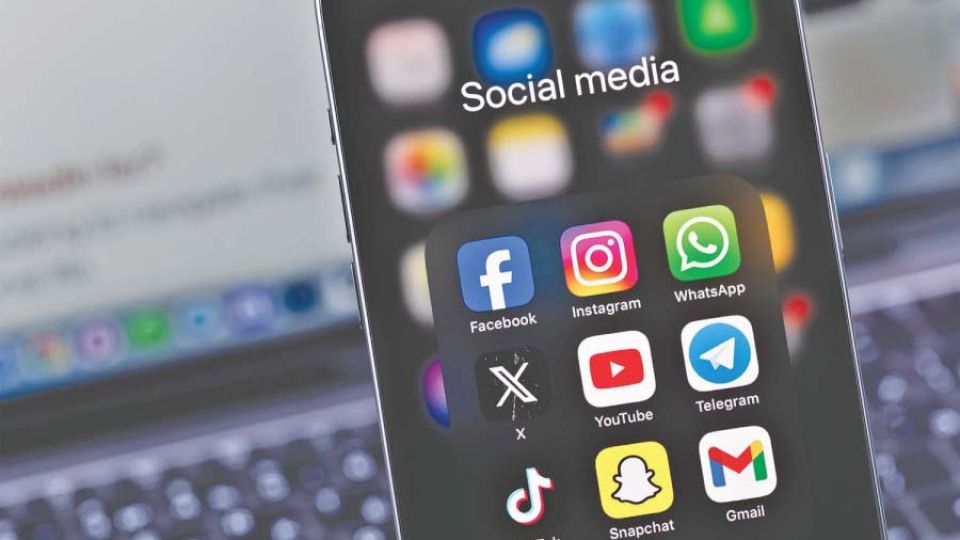August 22, 2024
KATHMANDU – After restricting it for nearly nine months, the government is set to lift the ban on the popular Chinese app TikTok, according to officials privy to the matter.
On November 13, the then Prime Minister Pushpa Kamal Dahal-led government banned TikTok, citing its adverse effects on social harmony.
The KP Sharma Oli administration now wants to allow TikTok to operate with a slew of regulatory changes.
Despite the public holiday, the Ministry of Communication and Information Technology held an hour-long meeting on Tuesday to decide the fate of TikTok in Nepal. Observers say the TikTok issue is global and at the centre of a geopolitical contest between the US and China.
TikTok’s South Asia division emailed the Minister for Communication and Information Technology, Prithvi Subba Gurung, ten days ago, requesting that the ban be lifted as it would follow the country’s all rules and regulations.
Gurung, however, declined to comment.
The government restricted TikTok after introducing the ‘Directives on the Operation of Social Networking 2023’ in November last year.
The directives made it mandatory for social media sites such as Facebook, X (formerly Twitter), TikTok, and YouTube, among others, to open liaison offices in Nepal.
The government said the measure was introduced because an increasing number of people were complaining that the absence of the companies’ representatives in Nepal made it difficult for the authorities to address their users’ concerns and even remove objectionable content from the platforms.
The directives include a 19-point not-to-do list for users on platforms like Facebook, X, TikTok, YouTube, and Instagram.
The directives say no one should create fake IDs on social media or share or make comments through such IDs. Likewise, people should not post any text, audio, video or picture that spreads hatred against any gender, community, caste, religion, profession, or people from any particular group.
The new rule also bars any post promoting wrong activities such as child labour, human trafficking, child marriage or polygamy.
“Now, the letter emailed by the Policy Committee Division of South Asia office of TikTok has said it is committed to follow all the rules and regulations,” said a top official at the ministry, who requested anonymity because of the sensitivity of the case.
“The government is positive.”
The ministry is scheduled to meet on Wednesday to discuss the issue further.
“The agenda regarding lifting the ban will then go to the Cabinet seeking its approval in principle,” the official added.
He said the exact date to lift the ban is unknown, but the upcoming Cabinet will decide on it.
TikTok has written seven letters to the Nepal government requesting to lift the ban before.
In the letter, TikTok says that the ban is causing financial losses to the country and the company.
Another official at the ministry, requesting anonymity, told the Post that the government has been responding to TikTok, saying that the loss is one part, but rules and regulations are important.
After the ban, people started using TikTok by installing a virtual private network (VPN) to bypass local censorship. But gradually, most of them have switched to Facebook and Instagram reels, which allow users to film or upload video clips.
Sudhir Parajuli, president of the Internet Service Providers’ Association of Nepal, said that people downloaded VPNs immediately after the TikTok ban, which increased international bandwidth consumption by 20 percent.
“As most users access TikTok via VPN, it didn’t impact the business much.”
VPN establishes a digital connection between a computer and a remote server owned by a VPN provider, creating a point-to-point tunnel that encrypts the user’s personal data, masks the internet protocol address and sidesteps website blocks and firewalls on the internet.
Internet service providers said that TikTok accounts for nearly 40 percent of internet bandwidth consumption in Nepal. When it is banned, internet consumption does not decline due to the use of VPN.
Before the ban, the association said there were around 2.2 million TikTok users in Nepal.
Following the government decision, two telecommunications service providers—Nepal Telecom and Ncell—and more than 30 internet service providers blocked TikTok.
The former government’s decision to ban TikTok was widely criticised by experts and the public, who cited it as an attack on freedom of expression and speech.
Internet experts said that it is difficult to ban technology.
People search for options to use that service, so a complete ban is counterproductive. The only thing the government can do is introduce ‘RegTech,’ which means Regulatory Technology.
RegTech is the use of information technology to enhance regulatory and compliance processes.
According to the Digital 2021: Nepal report by DataReportal, which provides data, insights, and trends on global digital trends, there were 13.50 million Facebook users in Nepal as of early 2024.
The number of Facebook Messenger users is 10.58 million, X users are 4.66 million, Instagram users are 3.60 million, and LinkedIn users are 1.50 million.
According to the management information system report of the Nepal Telecommunications Authority, as of mid-April, Nepal had 42.3 million internet subscribers, 14.23 million of whom were fixed (wired) internet users and 28.06 million mobile broadband users.


